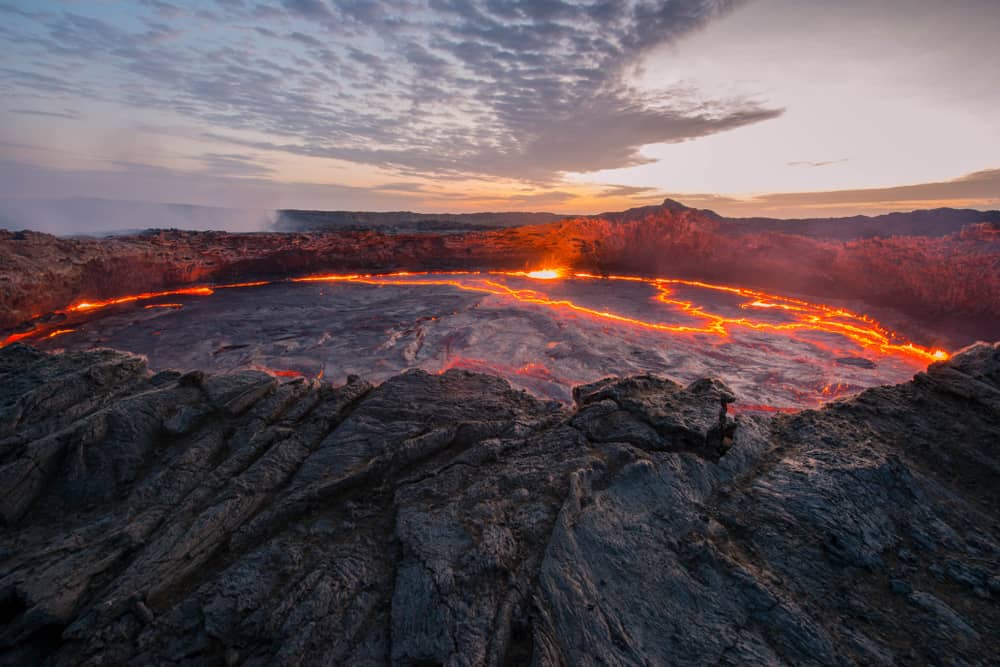Have you had a hard time keeping up with the news? That goes double with the latest and most exciting findings coming from scientists. The past few months have seen amazing discoveries. They range from ancient climate change that led to the rise of the dinosaurs to new insights on covid vaccines. Also, did you know there are snake-eating spiders? Eek! Keep reading to learn some astounding news about science, including a little bit of info that will give you the heebie-jeebies.
20. Science Shows Dinosaurs Thrived Because of Volcanoes.

Climate change is a term that we have become all too familiar with, and for good reason. Climate changes throughout the earth’s history have led to significant changes in the forms of life that can thrive. Moreover, new evidence is showing that climate change caused by volcanoes hundreds of millions of years ago created a wetter, warmer earth — making the climate much more suitable to dinosaurs. Before this rainy season that lasted for two million years, most dinosaurs were about the size of cats. Not very exciting! However, the life forms that existed on earth at that time were far different, and dinosaurs were not dominant.
Then there were four periods of enormous volcanic activity about 235 million years ago, causing climate change that made the earth more suitable for the larger dinosaurs that we are more familiar with. Dinosaurs were reptiles, and reptiles thrive in warm, wet conditions. The ideal conditions led to dinosaurs becoming the dominant life forms on land and evolving into species such as the Triceratops, T-Rex, velociraptors, Stegosaurus, and many others. And who knows? Maybe the Loch Ness Monster, or at least its ancestor, came into being during this period, too!
